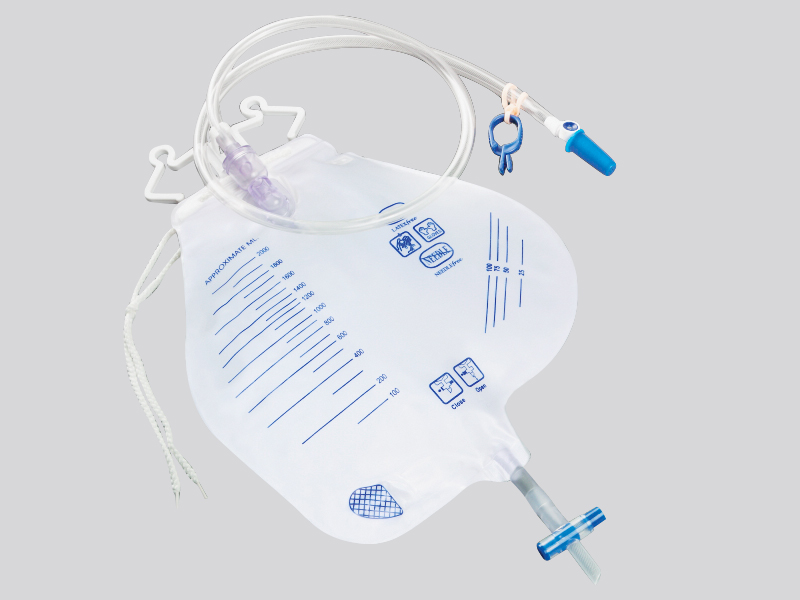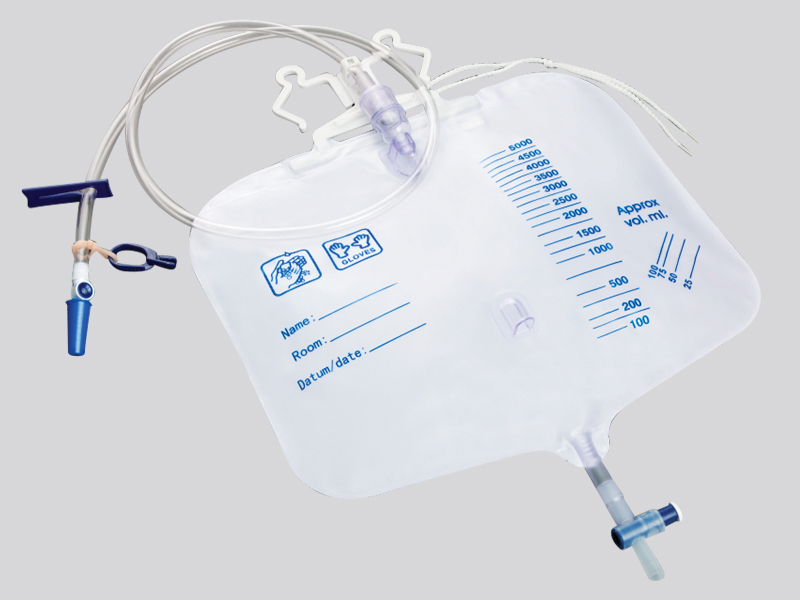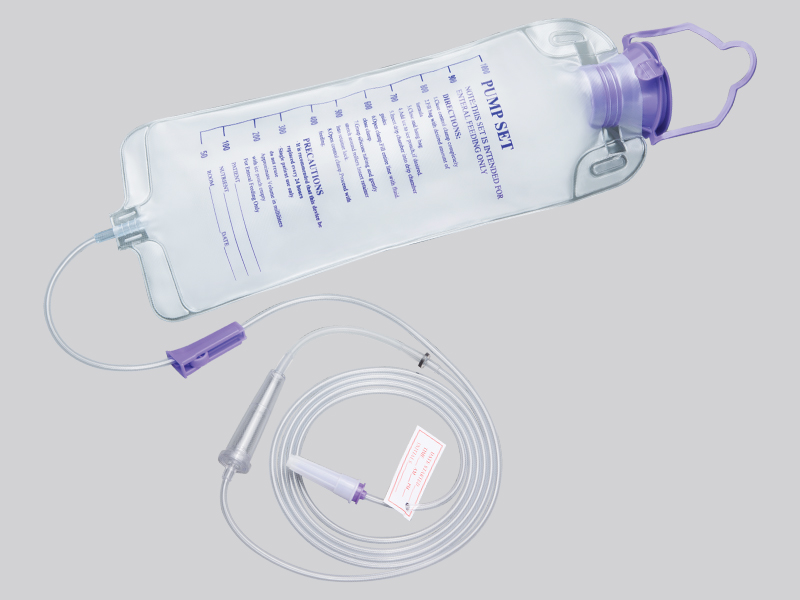
The current position:Home > Information dynamic
> Industry Trends
What material is the disposable feeding bag mainly made of
source:www.szkuer.com | Release time:2024年12月30日1. Polyethylene (PE)
Low density polyethylene (LDPE): It has a soft texture, high transparency, comfortable touch, and a certain degree of flexibility and stretchability. The feeding bags made of LDPE are easy to take and squeeze, and are not easy to break. It is often used to make some simple feeding bags with slightly lower barrier performance requirements, such as some pet drinking bags and children's food soft bags, which use LDPE material and are relatively affordable in cost.
High density polyethylene (HDPE): HDPE has high hardness, good strength and rigidity, wear resistance, chemical corrosion resistance, and can provide a good protective barrier for food in bags. It is commonly used to make feeding bags that hold thick food or require external pressure, such as energy food feeding bags in special scenarios such as outdoor exploration and marching.
2. Polypropylene (PP): PP material has good heat resistance, with a melting point of around 160 ℃, and can withstand high temperature disinfection treatment, ensuring the hygiene of feeding bags in the production process; Moreover, it has strong chemical stability, and the feeding bags made from it will not undergo chemical reactions with the food inside the bag. It has high food safety and is often used in medical nutrition feeding bags, infant formula feeding bags, and other applications that meet high hygiene standards.
3. Polyvinyl chloride (PVC): PVC can flexibly adjust its properties such as softness, hardness, transparency, etc. by adding different additives. Feeding bags made of soft PVC have good flexibility and can be easily shaped, while hard PVC can provide better stiffness and support to the bag. However, due to the possibility of residual vinyl chloride monomer in PVC, its safety is somewhat controversial, so it is often used as a product that has undergone strict quality testing and compliant production, commonly found in disposable feeding bags for some ordinary snacks.
4. Composite material: In order to combine multiple excellent properties, many feeding bags use composite materials, such as aluminum foil and plastic film. Aluminum foil has a strong ability to block light, oxygen, and water vapor, combined with the flexibility and processability of plastic film, making feeding bags not only able to preserve food for a long time, but also easy to store, transport, and use. Pet canned food feeding bags and aviation catering feeding bags are often made of this type of composite material.
Prev:
What are the main uses of disposable bladder irri…
Next:
What groups of people are disposable enema bags m…

 Cn
Cn En
En WeChat ID:
WeChat ID:







 Contact us
Contact us
 Add WeChat
Add WeChat
 Telephone
Telephone